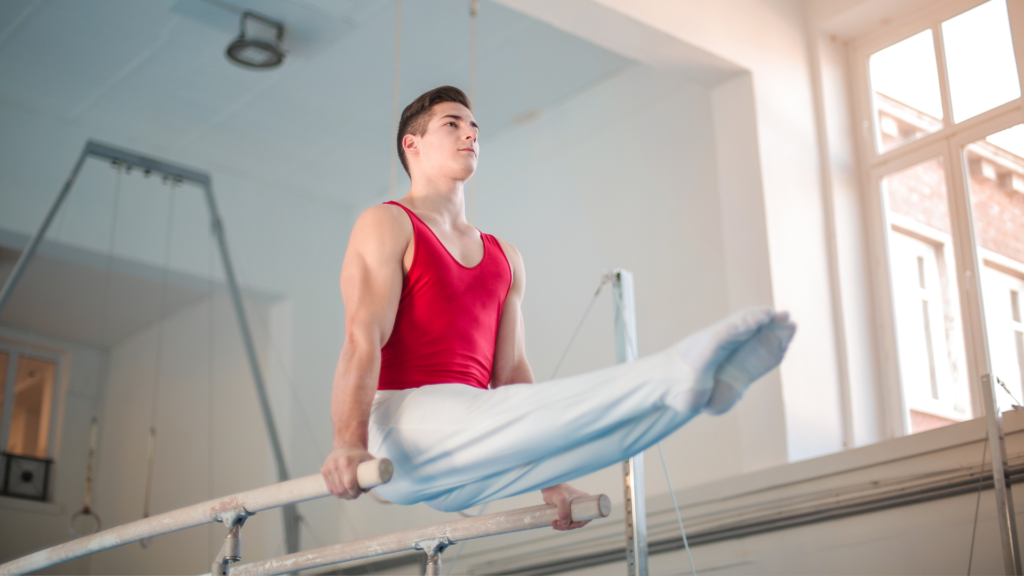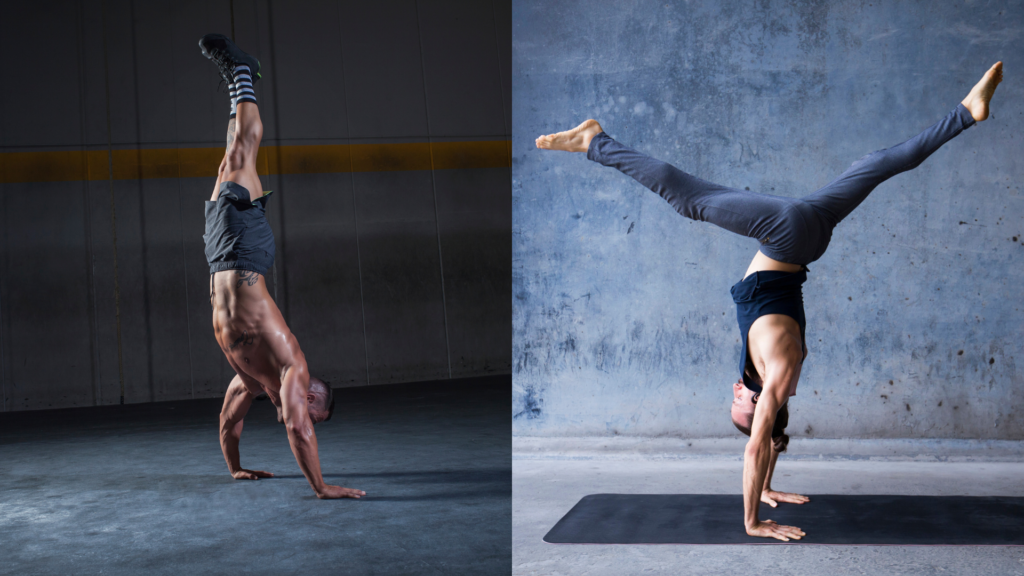Hand balancing is more than just a flashy skill—it’s a powerful way to develop strength, control, coordination, and full-body awareness. Whether your goal is to hold a perfect freestanding handstand, transition into advanced movements, or simply build resilient shoulders and core stability, learning to balance on your hands is an incredibly rewarding journey.
This comprehensive guide will walk you through everything you need to know about hand balancing—from mobility drills and strength training to progressions, balance techniques, and troubleshooting common mistakes.
Why Hand Balancing? The Benefits of Going Upside Down
Hand balancing isn’t just for gymnasts, circus performers, or CrossFit athletes. It’s a foundational skill that builds strength, endurance, and control, with benefits that carry over into nearly every sport and fitness discipline.
The Key Benefits of Hand Balancing:
- Upper Body Strength – Strengthens the shoulders, arms, and wrists.
- Core Control & Stability – Activates deep stabilizing muscles.
- Balance & Coordination – Enhances spatial awareness and athletic ability.
- Injury Prevention & Joint Resilience – Strengthens stabilizing muscles and prevents injuries.
- Mental Focus & Discipline – Builds patience, consistency, and resilience.

Step 1: Build a Strong Foundation
Wrist Mobility & Strength
Your wrists support your entire body weight during a handstand, so they must be strong and flexible.
Essential Wrist Drills:
- Wrist Circles & Extensions
- Palm Lifts & Finger Push-ups
- Weight-Bearing Wrist Work
Shoulder Mobility & Strength
Hand balancing depends on shoulder stability and mobility. Tight or weak shoulders will make holding a handstand much harder.
Shoulder Prep Drills:
- Scapular Push-ups
- Wall Slides
- Hanging from a Bar
Step 2: Strength Training for Handstands
Core Strength Essentials
- Hollow Body Hold
- Planks & Side Planks
- Hanging Leg Raises
Upper Body Strength for Handstands
- Push-ups & Pike Push-ups
- Wall Walks
- Dips & L-Sits

Step 3: Handstand Progressions for Beginners
1. Wall Walks
Great for getting comfortable being upside down and improving shoulder endurance.
2. Chest-to-Wall Handstand Hold
Best for developing endurance and proper positioning.
3. Freestanding Kick-Ups
Once comfortable upside down, start practicing controlled kick-ups.
Step 4: How to Improve Handstand Balance
1. Fingertip Control
Think of your fingers as brakes and gas pedals:
- Press fingers down to stop from falling forward.
- Shift weight to your palm to stop from falling backward.
2. Weight Shifting Drills
Practicing weight shifts while in a wall-supported handstand improves reaction time and confidence.
Step 5: Common Handstand Mistakes & Fixes
1. Banana Back
❌ Mistake: Excessive arching causes instability.
✅ Fix: Engage the core, tuck ribs, and maintain a straight line.
2. Weak Shoulder Engagement
❌ Mistake: Collapsing or shrugging shoulders.
✅ Fix: Push the floor away, keeping shoulders fully extended.
3. Poor Hand Placement
❌ Mistake: Hands too wide or inactive fingers.
✅ Fix: Keep hands shoulder-width apart, actively pressing into the floor.

Step 6: Handstand Training Plan for Beginners
Want faster progress? Follow this weekly training plan:
- Day 1: Wrist mobility + Core strength + Wall Walks
- Day 2: Shoulder mobility + Chest-to-Wall Holds
- Day 3: Wrist mobility + Kick-ups + Balance drills
- Day 4: Strength training (push-ups, dips, planks)
- Day 5: Freestanding attempts + Form corrections
Final Thoughts & Next Steps
Hand balancing is a skill that requires patience, consistency, and strategic progressions. By training mobility, strength, and balance, you’ll develop control and confidence upside down.
💡 Want expert guidance? Join MOVE’s Handstand Training Program and accelerate your progress!




